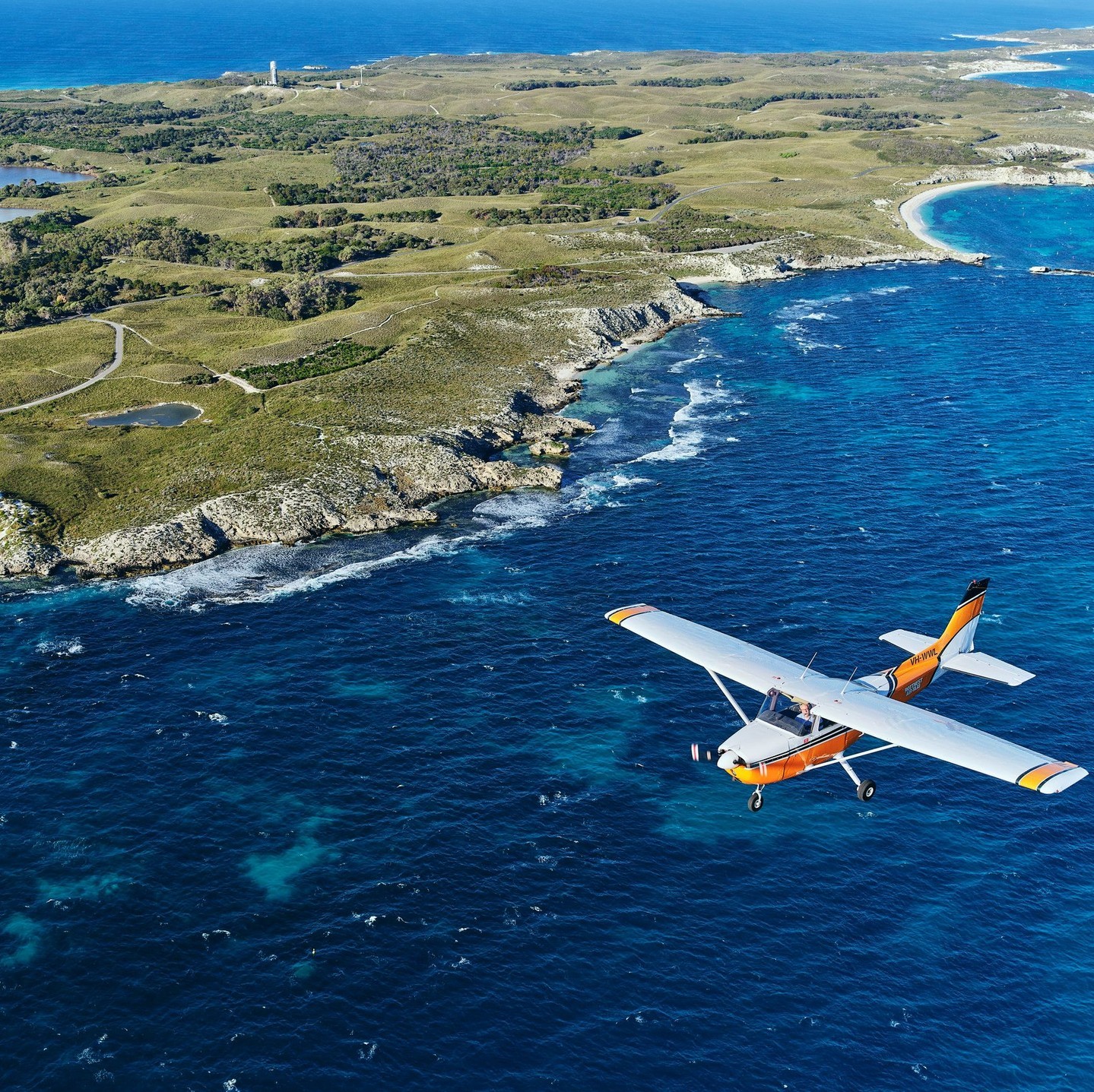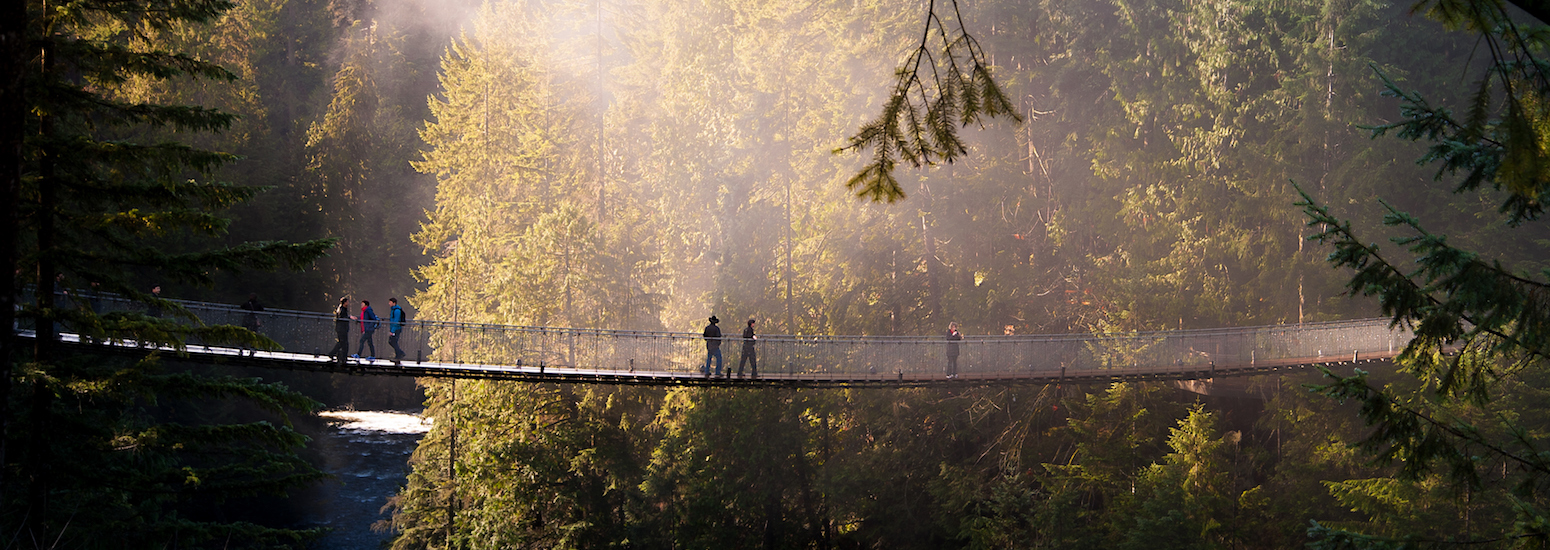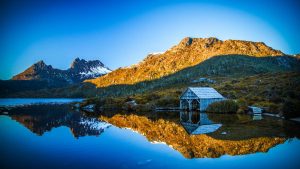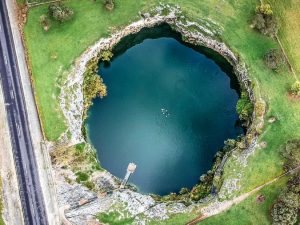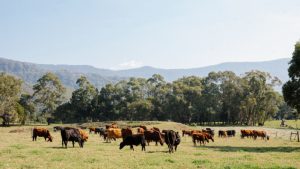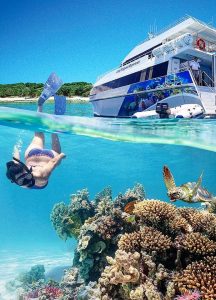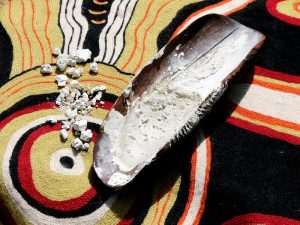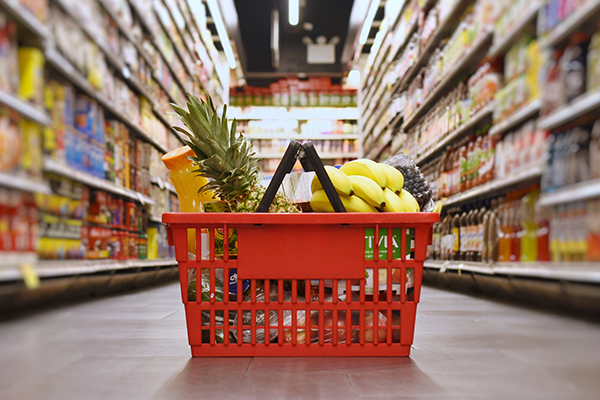1. Rottnest Island, WA
A ferry ride from Fremantle, this sandy island was separated from the mainland around 7000 years ago, creating a unique environment. Today, it is famous for its smiley quokka inhabitants, who have flourished here in part because of the island’s lack of predators. Picture: Tourism Australia

2. Aurora Australis, TAS
Aurora Australis or the ‘Southern Lights’ are an out of this world display of solar winds, visible from Tasmania. Best seen away from the light pollution of cities, the ideal time to see the Southern Lights is when the moon is new, in autumn and winter. Mount Wellington is a favourite spot to watch for the dancing colours. If you want to see the Aurora Australis, we’ve got some tips on how to make it happen.

3. Southern Forests, WA
Famed as much for its truffle and cherry seasons as it is for its enormous karri tree lookouts and ancient forest, this southwest region is known as the WA foodbowl. Scale the 75m tall karri trees, fish for trout in the lakes and head out on a truffle hunt. Picture: Tourism Western Australia
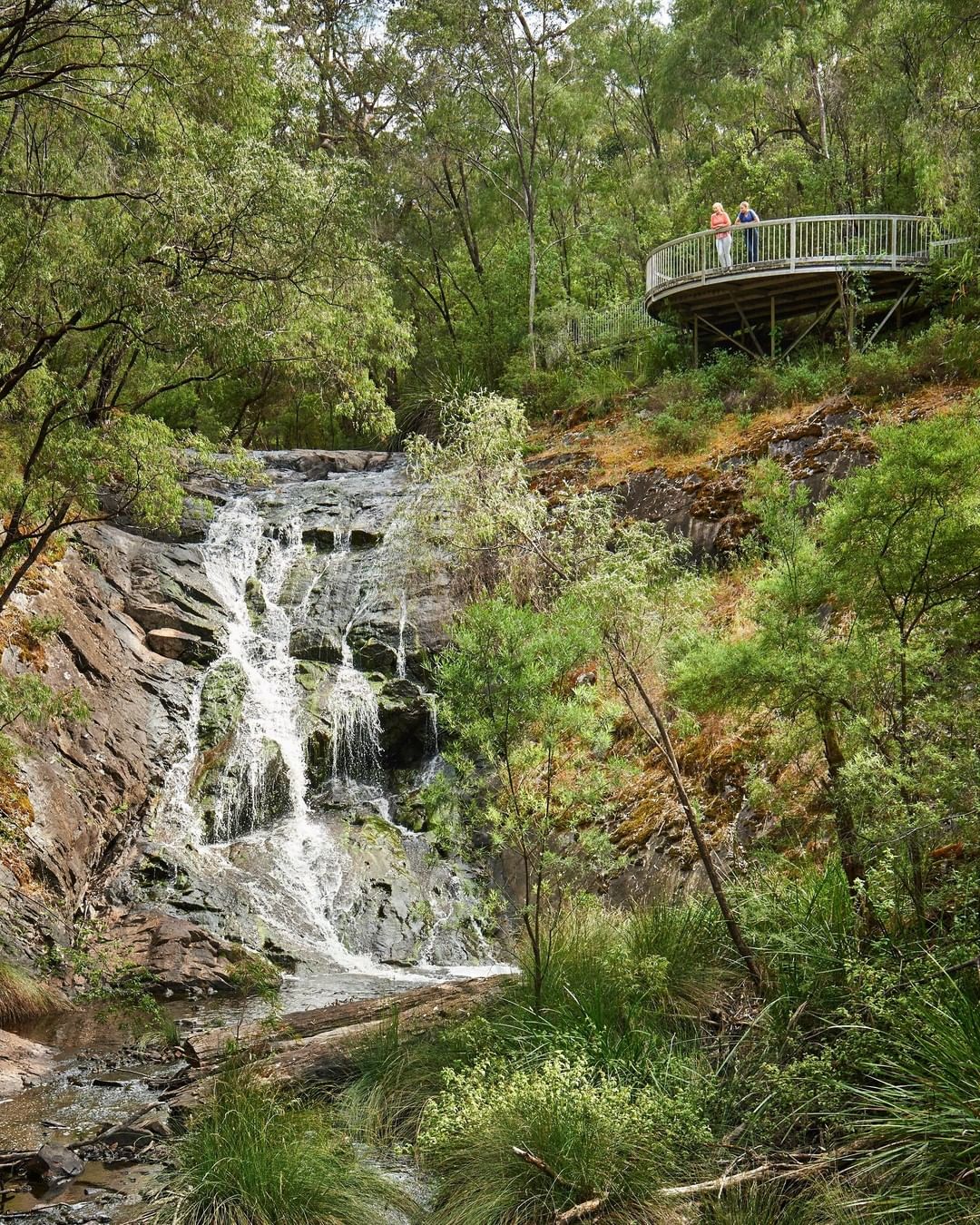
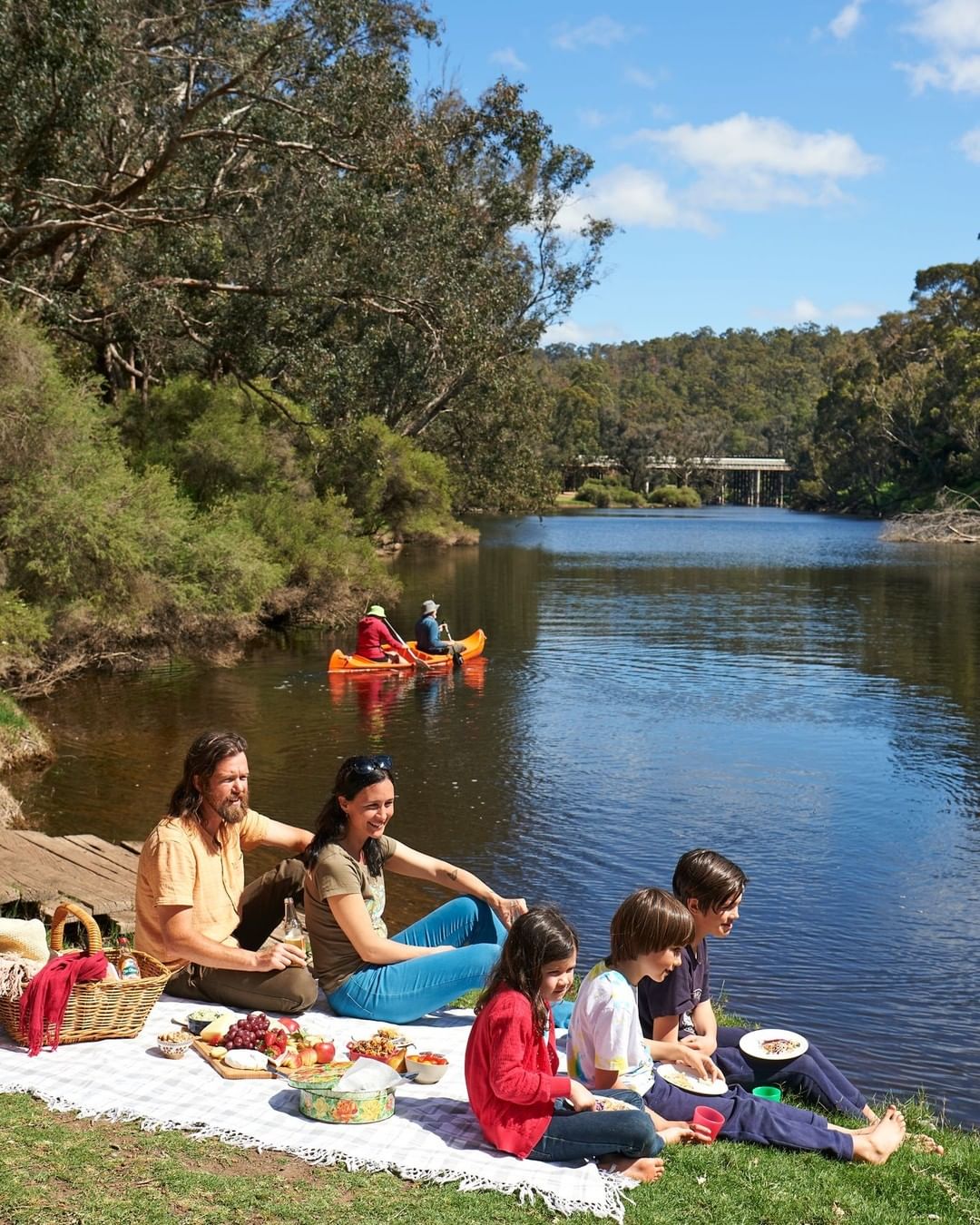
4. Simpson Desert, QLD, NT & SA
What first springs to mind when someone says the word ‘Outback’. The Simpson desert is a vast landscape of deep red sand and spinifex, where a 4WD and a whole heap of preparation is essential to cross. But despite its harsh character, galahs, kestrels, zebra finches, the large perentie lizard and many more creatures live here. Plus, after rain, expect to see a sea of wildflowers.


5. Mon Repos Conservation Park, QLD
A quiet piece of coastline near Bundaberg – if you didn’t come here at the right time, you might miss what all the fuss is about. But between November and January, this spot becomes a rookery for female marine turtles who lay their eggs here, before transforming into a nursery as the baby turtles hatch between January and March. It’s a site that is a veritable bucket list experience. Here’s what it’s like to see the Mon Repos magic for yourself. Picture: Tourism Australia

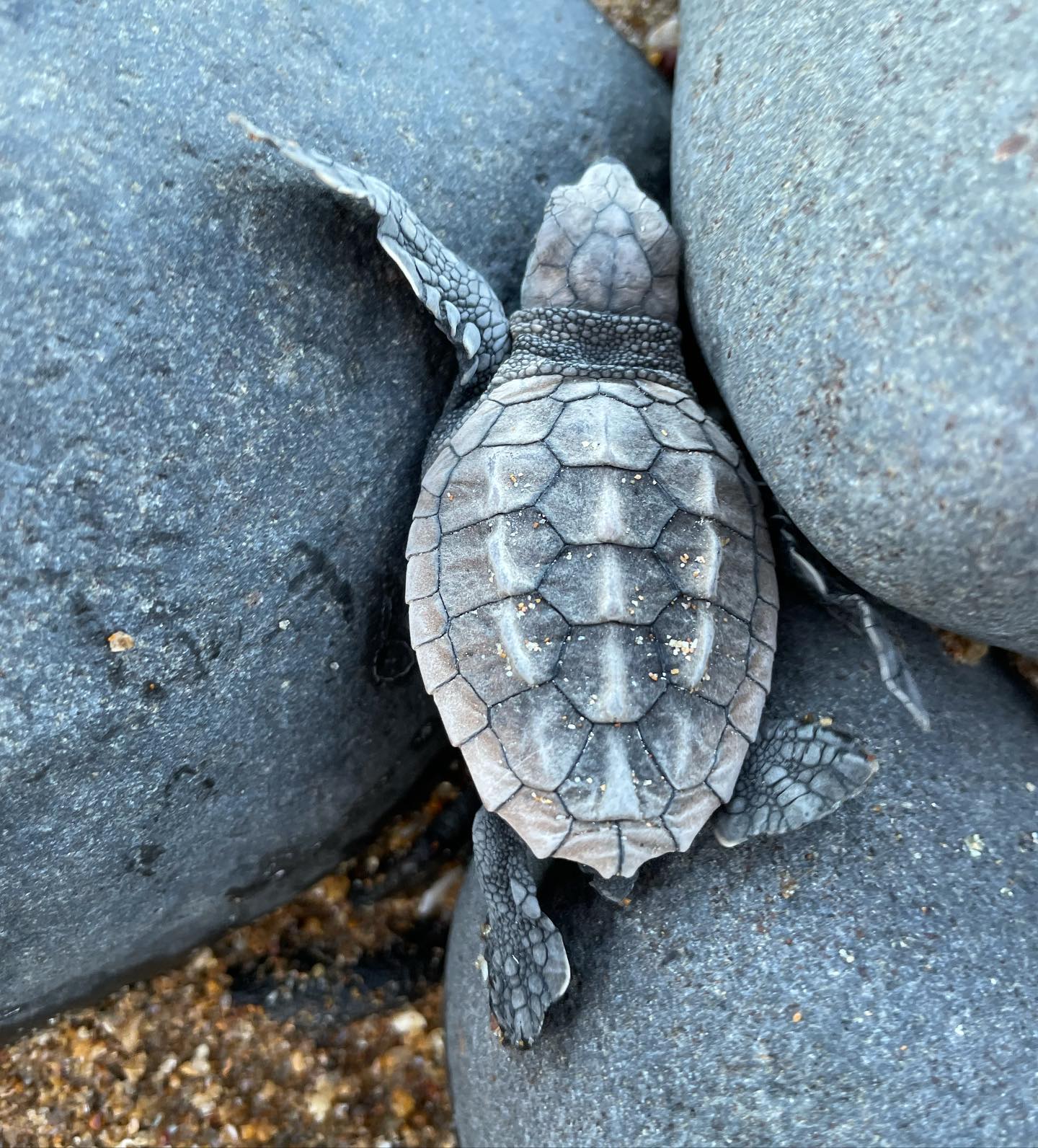


 COVID-19 Around the World3 years ago
COVID-19 Around the World3 years ago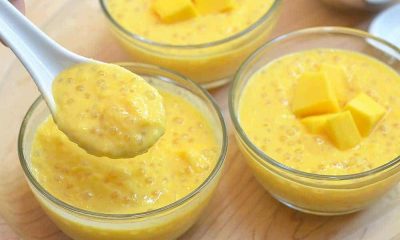
 Cuisine Explorer4 years ago
Cuisine Explorer4 years ago
 Arabic2 years ago
Arabic2 years ago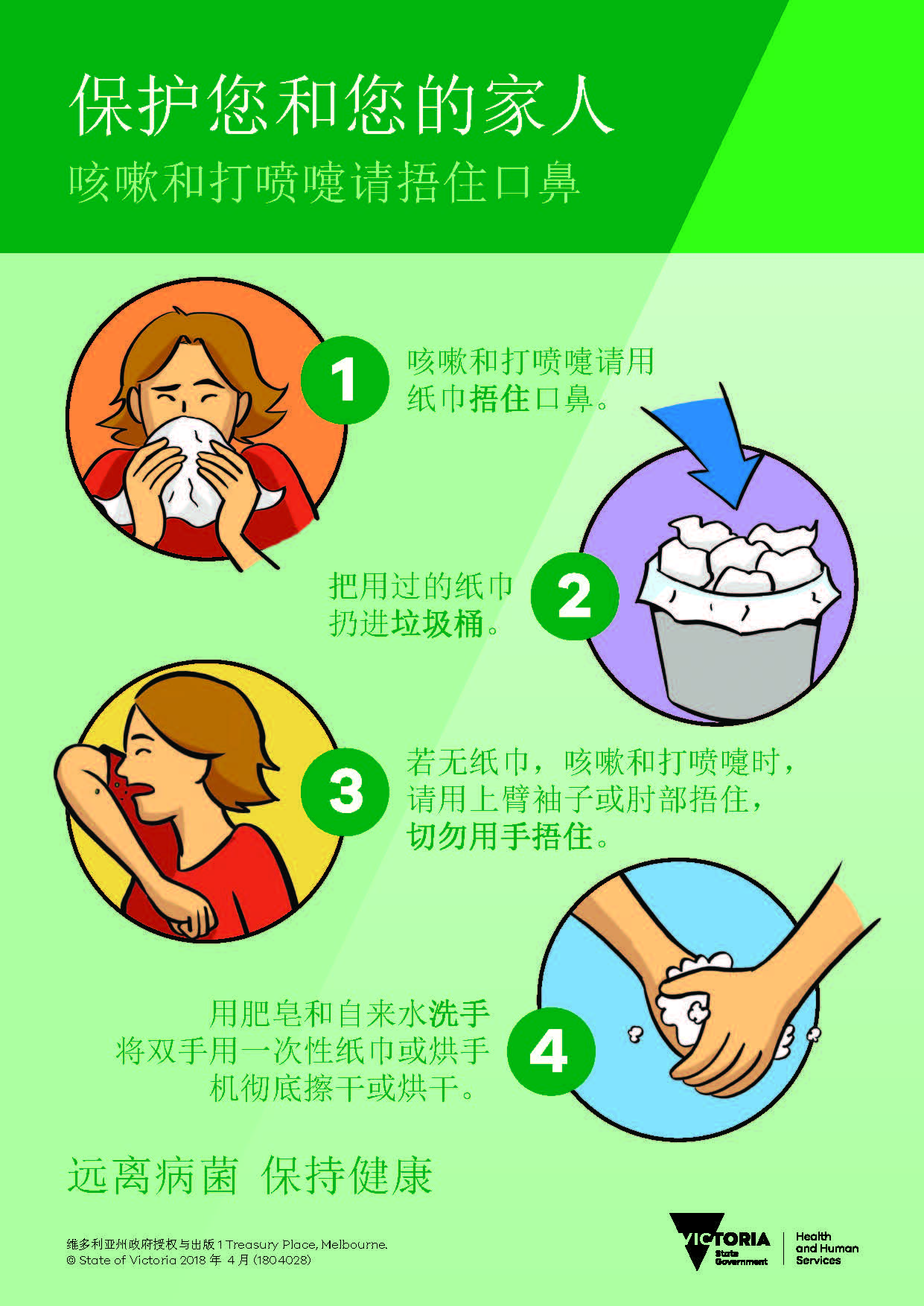
 Cantonese - Traditional Chinese4 years ago
Cantonese - Traditional Chinese4 years ago
 Tagalog4 years ago
Tagalog4 years ago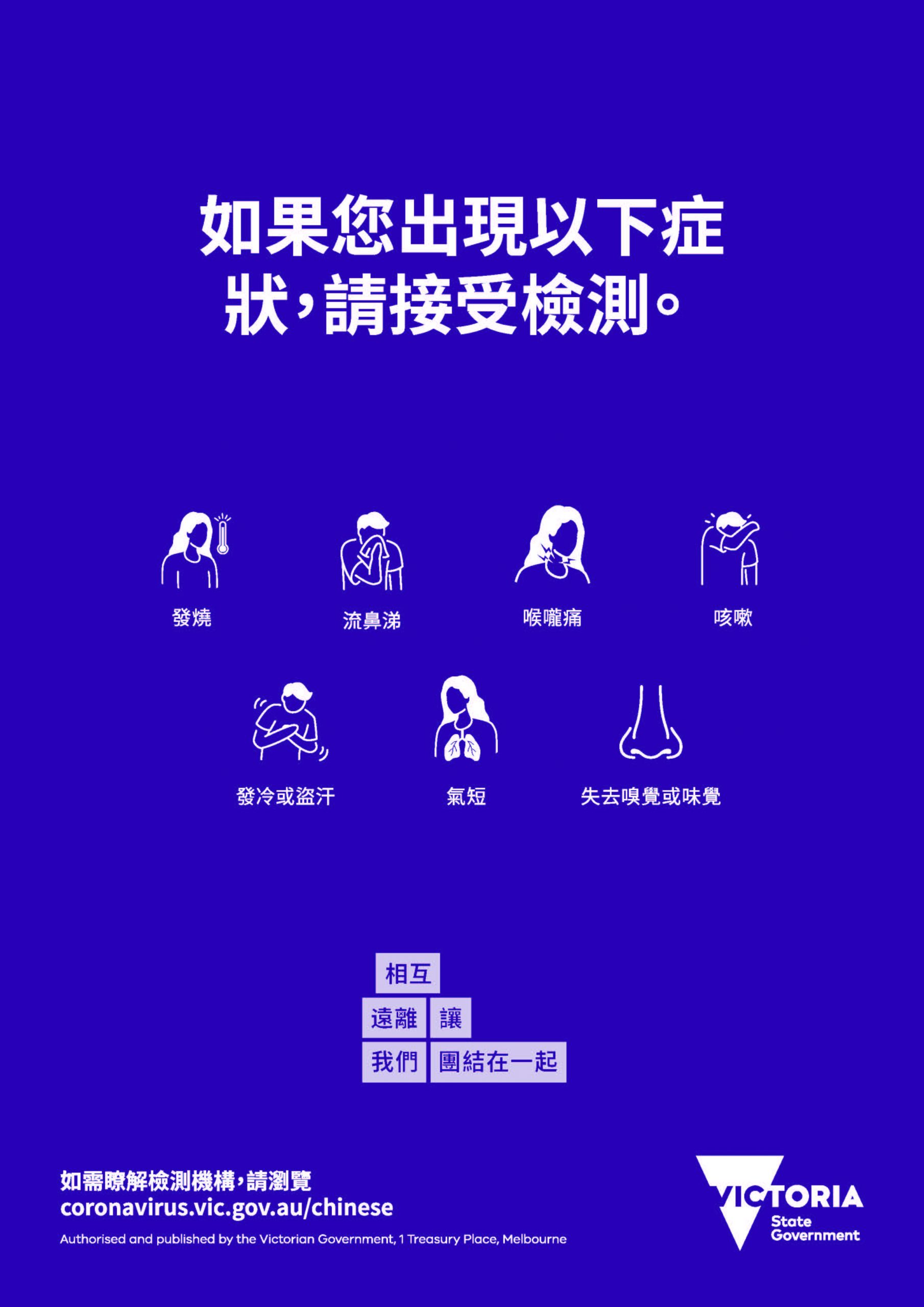
 Uncategorized4 years ago
Uncategorized4 years ago
 Uncategorized4 years ago
Uncategorized4 years ago
